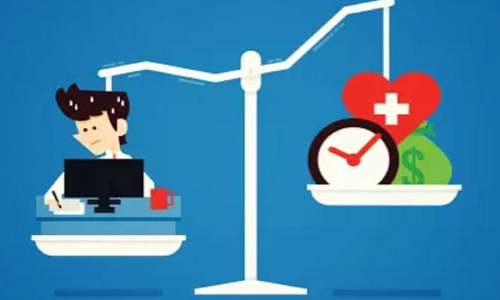Trump Signals Major Concession on China Tariffs, Leaves Key Decisions to Negotiators
Trump proposes reducing tariffs on China to 80% if China increases imports, leaving key decisions to negotiators as trade talks begin in Geneva.
President Donald Trump has laid out terms for the upcoming trade negotiations with China, scheduled for this weekend in Geneva. In a series of posts on Truth Social, Trump outlined his stance on U.S.-China trade relations, emphasizing that China should increase its imports of American goods. In return, Trump proposed a reduction in the U.S.'s 145% tariff on Chinese goods to 80%.
“CHINA SHOULD OPEN UP ITS MARKET TO USA — WOULD BE SO GOOD FOR THEM!!! CLOSED MARKETS DON’T WORK ANYMORE!!!,” Trump wrote in one post. “80% Tariff on China seems right! Up to Scott B,” he added in another.
This proposal marks a significant shift from the current trade climate, which has seen U.S. imports from China fall by 60%, according to Ryan Petersen, CEO of Flexport. Despite this reduction, it’s uncertain whether such a decrease in tariffs would sufficiently incentivize U.S. businesses to resume importing goods from China. Economists suggest that a 50% tariff reduction would be the critical threshold to restore normal business relations.
The trade war's effects are already being felt. Price hikes are underway, and analysts at Goldman Sachs warned that inflation could double to 4% by the end of the year due to the ongoing tariffs. Even if tariffs were to be eliminated immediately, it would take time for the U.S. to recover from the import shortages that have already impacted U.S. ports.
Meanwhile, China reported a 21% drop in exports to the U.S. last month, even before the tariffs fully took effect. Trump has viewed this reduction as a positive outcome, claiming that the U.S. is no longer losing money — a perspective that many economists consider misleading, as a trade imbalance doesn’t equate to financial losses.
A pivotal meeting is set for this weekend, but Trump and Treasury Secretary Scott Bessent have both acknowledged that the high tariffs are unsustainable and need to be reduced. Still, senior administration officials have tempered expectations, framing the talks as an important first step rather than a decisive moment for reaching a trade agreement.
Kevin Hassett, Director of the White House National Economic Council, emphasized that no tariff reductions would be made before the negotiations. He added that the talks would focus on de-escalating tensions, with no firm agreement expected right away. “Everything will happen while the talks are happening, not before,” Hassett stated.
The U.S. and China have yet to agree on a trade deal, with both nations still far apart on terms. Bessent, reflecting on the challenge ahead, noted that it could take two to three years for trade relations to fully stabilize. The United States’ ongoing trade war has already shown signs of significant economic strain, as seen in last week's GDP report, which showed the country’s first economic contraction since 2022.
While negotiations will continue, a full trade resolution between the U.S. and China remains elusive.



















